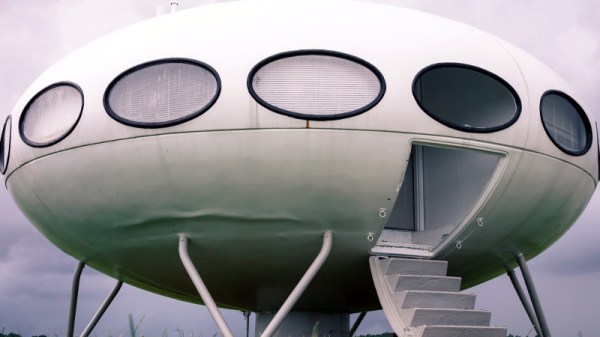Futurism is dead. At least, the wildly optimistic technology-based futurism of the middle years of the 20th century has been replaced in our version of their future by a much more pessimistic model of environmental challenges and economic woes. No longer will our flying cars take us from our space-age wonder-homes to the monorail which will whisk us through sparkling-clean cities to our robotised workplaces, instead while we may have a global computer network and voice controlled assistants we still live in much the same outdated style as we did decades ago. Our houses are made from wood and bricks by blokes with shovels rather than prefabricated by robots and delivered in minutes, and our furniture would be as familiar to a person from the 1950s as it is for us.
A Plastic Future That Never Quite Happened
There was a time when the future of housing looked remarkably different. Just as today we are busily experimenting with new materials and techniques in the type of stories we feature on Hackaday, in the 1950s there was a fascinating new material for engineers and architects to work with in the form of plastics. The Second World War had spawned a huge industry that needed to be repurposed for peacetime production, so almost everything was considered for the plastic treatment, including houses. It seemed a natural progression that our 21st century houses would be space-age pods rather than the pitched-roof houses inherited from the previous century, so what better way could there be to make them than using the new wonder material? A variety of plastic house designs emerged during that period which remain icons to this day, but here we are five or six decades later and we still don’t live in them. To find out why, it’s worth a look at some of them, partly as a fascinating glimpse of what might have been, but mostly to examine them with the benefit of hindsight.
Continue reading “Weren’t We Supposed To Live In Plastic Houses In The Future?”












